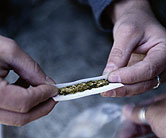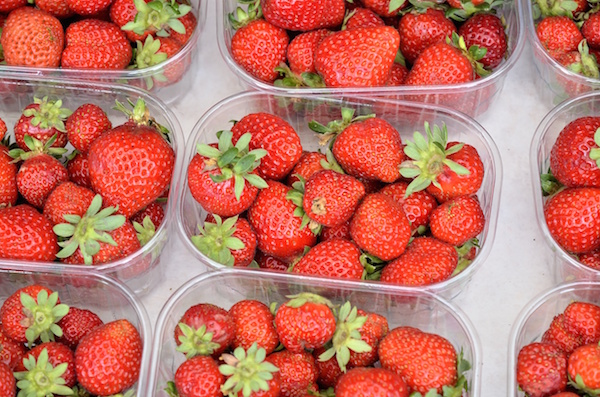
TUESDAY, Dec. 14 (HealthDay News) — More American eighth graders are now using marijuana and, perhaps as a result, more illicit drugs in general, a new government report reveals.
There was one bright spot in the findings: U.S. teens are drinking less than they used to and alcohol use is now at “historically low” levels, experts said.
However, according to the report released Tuesday from the National Institute on Drug Abuse (NIDA), 16 percent of eighth graders reported using marijuana in 2010, a significant jump up from 14.5 percent in 2009.
High school seniors are now smoking pot more than they are cigarettes, with 21.4 percent reporting having used marijuana in the past 30 days, versus 19.2 percent confessing to cigarette use.
“The increases in daily marijuana use are quite large, more than 10 percent,” said NIDA director Dr. Nora Volkow at a Tuesday news conference. “Young people are particularly vulnerable to the diverse effects of drugs [and] the younger the age of initiation, the greater the likelihood of dependence, not just on marijuana but on a wide variety of drugs.”
The statistics come from the 2010 Monitoring the Future Survey, funded by NIDA and conducted by University of Michigan researchers. Over 46,000 students from about 400 public and privates schools nationwide completed the anonymous survey. The survey has included information on drug, alcohol and cigarette use from 12th graders since its inception in 1975. In 1991, eighth and tenth graders were added.
Volkow and R. Gil Kerlikowske, director of the White House Office of National Drug Control Policy, noted that the increase in marijuana use has coincided with a decline in the number of kids who view marijuana as harmful. The two experts attributed that trend, at least in part, to the recent developments over medical marijuana.
“Calling smoked marijuana medicine is absolutely incorrect and it sends a terrible message,” Kerlikowske said. “Right now, we’re not being particularly responsible adults by telling people that that smoked marijuana is medicine when, in fact, it is not.”
Overall, the report did show a rise in the use of marijuana, Ecstasy and cigarettes, along with declines in the use of alcohol, cocaine and the prescription painkiller Vicodin. There was also a leveling out of the use of various other drugs including amphetamines such as Ritalin, methamphetamines, inhalants and LSD, said Lloyd D. Johnston, principal investigator at the Institute for Social Research, University of Michigan, Ann Arbor.
Some of the specific findings of the report:
- Slightly more than 6 percent of high school seniors said they used marijuana daily, as did 3.3 percent of tenth graders and 1.2 percent of eighth graders, compared with 5.2 percent, 2.8 percent and 1 percent, respectively, the year before. The proportion of teens saying they have used pot increased from 21.5 to 24.5 percent, said Johnson.
- The proportion of youngsters seeing pot as dangerous has declined from 59.5 percent to 57.2 percent among tenth graders and from 52.4 percent to 46.8 percent among seniors.
- Past-year use of Ecstasy went from 1.3 percent of eighth graders to 2.4 percent this year. Among tenth graders, use jumped from 3.7 percent to 4.7 percent.
- After several years of decline, smoking rates have now leveled off and, in younger teens, may have started an upward trend, Johnson said.
- Use of the prescription painkiller Vicodin among 12th graders had declined from 9.7 percent to about 8 percent over the past four years, use of OxyContin remains steady at about 5 percent. Over-the-counter medicines, including cough-and-cold remedies are also being abused by youth.
- Binge drinking is going down with 23.2 percent of seniors reporting having imbibed five or more drinks in a row during the past two weeks, versus 25.2 percent last year. Alcohol use in general is continuing a longer-term decline and has reached “historically low levels at this point in time,” said Johnson.
Volkow said she was discouraged by some of the findings.
“We are relying on this generation to build the future,” she said. “Do we want to jeopardize their achievements by exposure to illicit drugs including that of marijuana and my answer is, of course not. This would be a loss for those adolescents and a loss for all of us.”
More information
For more on the findings, head to the Monitoring the Future Survey report.

